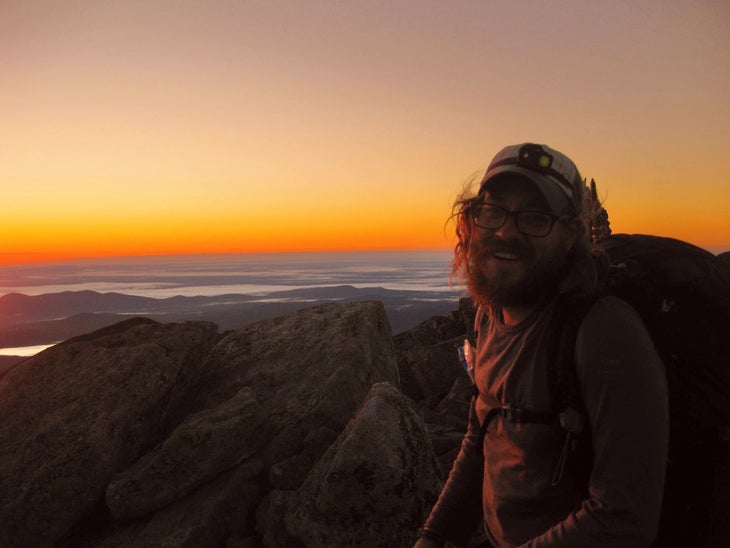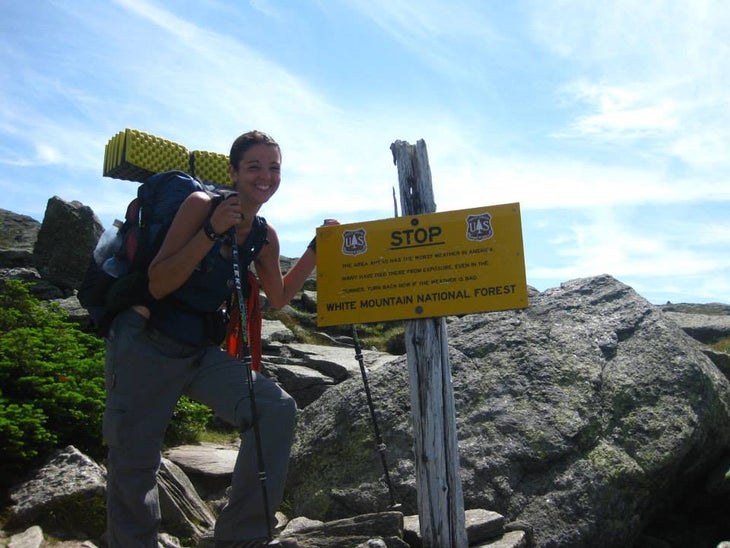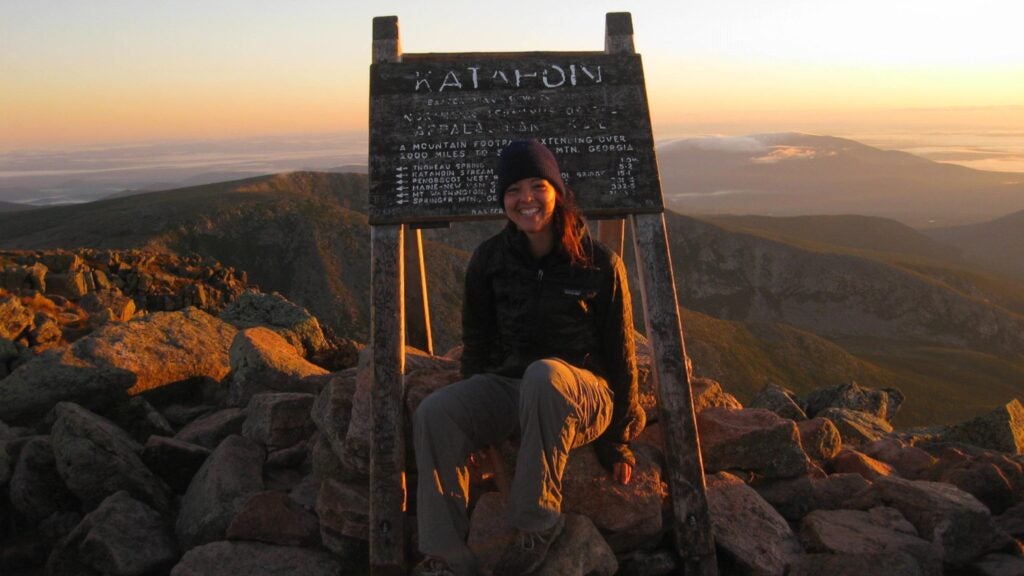No products in the cart.
Outdoor Adventure
Does Your Thru-Hike Still Count if You Miss a Few Miles?
New perk: Easily find new routes and hidden gems, upcoming running events, and more near you. Your weekly Local Running Newsletter has everything you need to lace up!
Subscribe today →.
“Yellow blazing,” or hitchhiking past trail miles, has a bad rap. Most thru-hikers agree that it’s the cheapest and most disappointing way to complete a trail. But catching a ride or leaving the official route for an alternate for a couple miles (also called blue blazing) is a relatively common experience due to simple logistics, or even the side trails that lead in and out of shelters.
Michael “Wrecker” Brekke and I hiked about 2,000 miles of the Appalachian Trail together as purely (without skipping miles or stepping off-trail) as we could in 2015. But over the years, and as our trail miles grew, our perspectives shifted about whether or not your thru-hike still counts if you miss a few miles. Here’s what we think.

Wrecker: Mile-Skipping Degrades the Integrity of the Hike
Wrecker was a purist from day one on the AT. “I feel like self exploration is the only point of it,” he says today. Wrecker saw the endeavor as an act of discipline, demanding devotion and mental stamina in addition to physical fitness. As a result, there were many times when I followed Wrecker while he retraced his steps on blue blazes in and out of shelters instead of skipping small sections of trail.
By the time we made it to Virginia, we’d already hiked a marathon day at a blistering pace that left many of our companions irritated at our intensity and devotion. “I needed to prove to myself that I was capable of more,” he says.”
Over the years, Wrecker has also tackled the Pacific Crest Trail, which only seemed to deepen his commitment to each on-trail mile. But he doesn’t judge others who take a more liberal approach.
“I’m maybe more of a purist [now] than ever before,” he said. “For me, I need the structure to feel any reduction in anxiety. But that’s just what’s best for me. I’ve learned that what’s best for others is different.”
While discipline and testing physical and mental limitations is Wrecker’s greatest trail motivator, he still recognizes that the “right way” to hike a trail varies by person and that would-be thru-hikers should “hike their own hike.”

Mouse: Routes Change Every Year, So the Official Trail Route is Arbitrary Anyway
The beginning of my AT thru-hike was a debacle. I was new to the mountains, which resulted in my best friend and I meandering around winding, steep roads in a crappy vehicle hoping to find Springer Mountain one spring morning. After the check engine light came on, we decided to leave the mountains and regroup. On our way out, we found a random AT crossing, and the next day she dropped me off there and waved goodbye.
My original plan was to hike backwards to Springer, but shortly after leaving, I burst into tears next to a stream and decided that going against the grain to reach the southern terminus of the trail simply felt wrong. Instead, I abandoned my resolve to complete every mile of the trail and started heading north, a fact I was ashamed to admit through the entire thru-hike. To this day, I still have yet to complete the first 16 miles of the AT, plus a few other short sections due to hitchhiking logistics and a mystery illness that took me and my tramily off-route by a few miles.
Since 2015, I’ve accumulated more trail miles than I can count. The longer I hike, the less I care about touching every single mile marker on a trail. The length of the AT grows every year due to trail maintenance and development. Even if I’d chosen to chase a completely pure thru-hike, the trail I completed would be different from any other AT in a given season.
What really pushed me off of my high horse, however, was an experience I had in the White Mountains. There’s a section of the Presidential Range that takes hikers through a valley instead of meandering over the region’s 6,000-foot peaks (likely due to the area’s reputation for dangerous weather). I chose to hike the valley on a perfect bluebird day to follow the official AT route, and a friend went on to “blue blaze” all of those spectacular peaks. To this day, I think I made the wrong decision. Being able to improvise and tag off-trail peaks is much more fulfilling and exciting than blindly following a trail.
Source link

